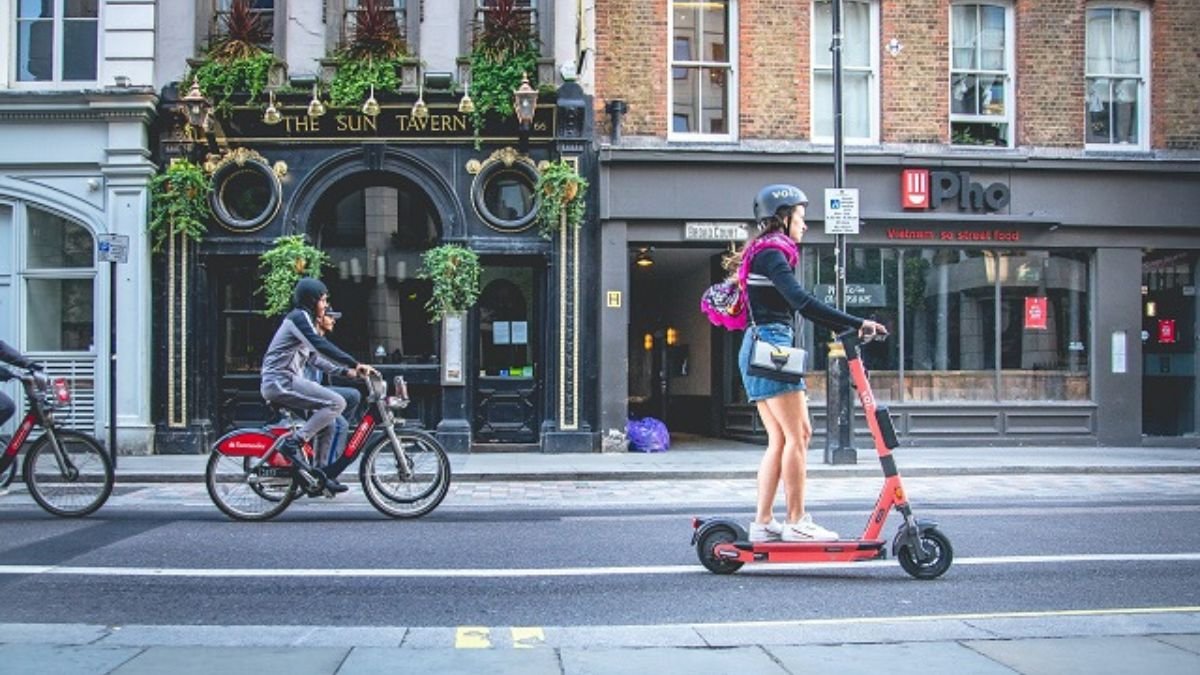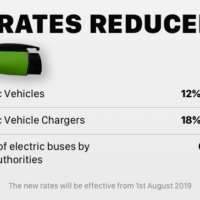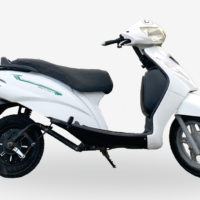Revolutionary Electric Micro-Mobility in Cities: The landscape of urban transportation is fast changing as communities around the world embrace innovative, eco-friendly modes of mobility. Electric micro-mobility, which includes e-bikes, e-scooters, and other compact, electric-powered vehicles, has emerged as a popular solution for reducing congestion, pollutants, and dependency on personal automobiles. This blog article will look at how electric micro-mobility is changing the way we navigate urban landscapes. Let’s discuss Revolutionary Electric Micro-Mobility in Cities in detail.
Revolutionary Electric Micro-Mobility in Cities
The Revolutionary Electric Micro-Mobility: In recent years, Revolutionary electric micro-mobility has grown in popularity, owing to factors such as growing environmental awareness, a desire for accessible and flexible transportation options, and breakthroughs in battery technology. Shared e-bike and e-scooter services have flourished in cities throughout the world, providing residents and visitors with a convenient and cost-effective way to move around. There are many advantages of Revolutionary Electric Micro-Mobility in Cities. Here we mention some important points which cover it.
Pedal Power with a Boost: This is the first very important point that gives an advantage and satisfies Revolutionary Electric Micro-Mobility in Cities. E-bikes, often known as electric bicycles, combine traditional pedaling with an electric motor that delivers extra force when needed. This allows riders to cover longer distances and climb hills with less effort, making e-bikes suitable for both commuters and recreational cyclists. E-bikes are gradually becoming a popular alternative to cars for short to medium-length excursions as they become more accessible and economical.

E-Scooters, A Fun and Efficient Mode of Transportation: E-scooters have taken over urban transit, providing a fun and convenient way to navigate the streets. E-scooters’ tiny form makes them easier to maneuver through busy places, making them perfect for fast errands or last-mile connections to public transportation. The availability of shared e-scooter services has made it considerably easier for users to access these vehicles, encouraging their acceptance even further in cities throughout the world. If it could be possible at large-scale Revolutionary Electric Micro-Mobility in Cities, there will be some major issues with charging stations initially.
The Impact on Urban Transportation: Revolutionary Electric micro-mobility is changing the face of urban transportation. E-bikes and e-scooters assist reduce traffic congestion and greenhouse gas emissions by providing accessible, eco-friendly alternatives to personal automobiles. They also encourage individuals to spend more time outside and participate in physical activity, which can benefit public health. Furthermore, the rise of electric micromobility has the potential to have an impact on urban planning and infrastructure development. To meet the increased demand for multimodal transportation, cities may need to adjust by adding more dedicated bike lanes and safe parking places for e-bikes and e-scooters, as well as extending public transit networks.
Challenges and the Road Ahead: Despite the numerous advantages of electric micromobility, there remain certain obstacles to overcome. Concerns over e-scooter safety have prompted some cities to impose tight limits if not outright ban their use. Furthermore, effective management of shared e-bike and e-scooter fleets is critical to avoiding concerns like congested sidewalks and abandoned vehicles. As electric micro-mobility evolves, cities, service providers, and customers must collaborate to build a safe, sustainable, and efficient urban transportation ecology.
The verdict: Electric micro-mobility is undeniably impacting the future of urban transportation by providing greener, more convenient, and flexible ways to navigate city streets. As e-bikes and e-scooters become more popular and affordable, they have the potential to change not only how we travel, but also how cities are constructed and built. Accepting and responding to this transition will be critical in establishing more sustainable, livable urban settings for future generations.
We hope that this blog “Revolutionary Electric Micro-Mobility in Cities” has been helpful to you. If you want to know more about such as Revolutionary Electric Micro-Mobility in Cities and many other information you can check out our other blogs.
/Also Read/







1 Comment
[…] Electric Micro-Mobility in Cities: From E-Bikes to E-Scooters […]